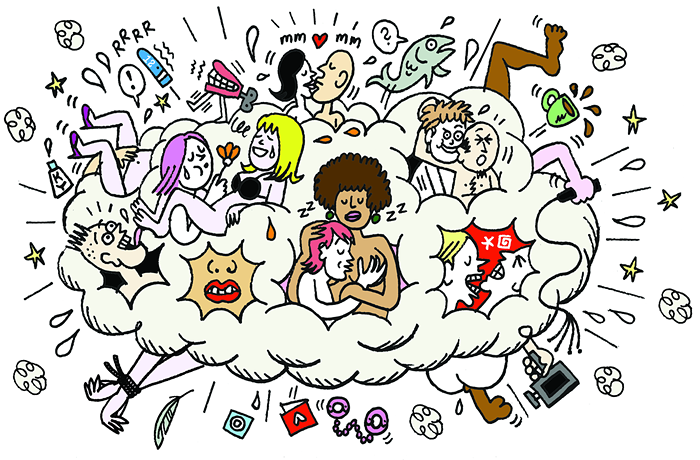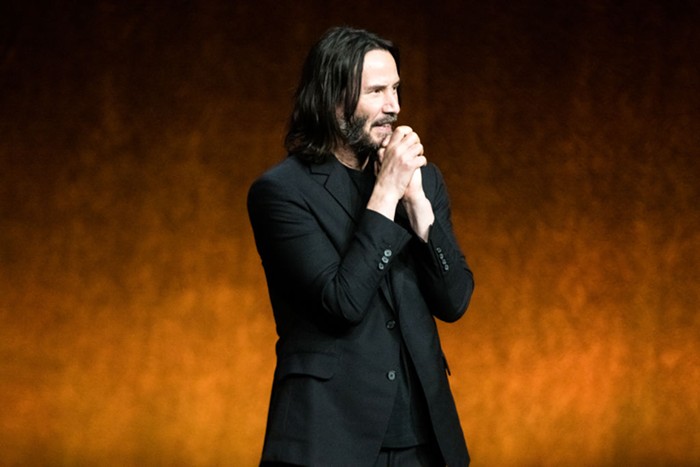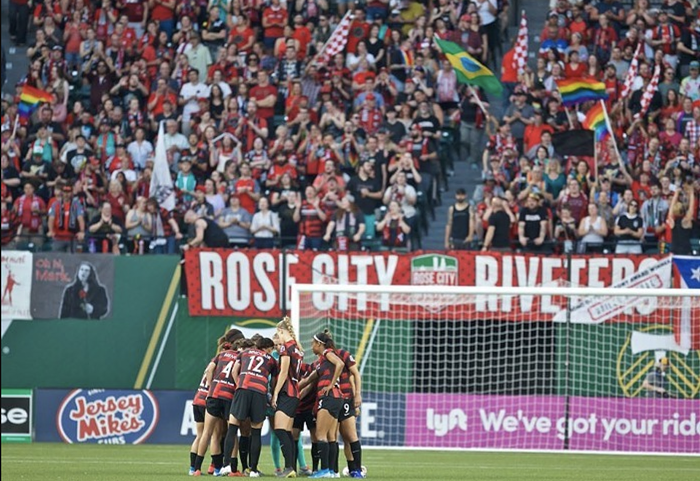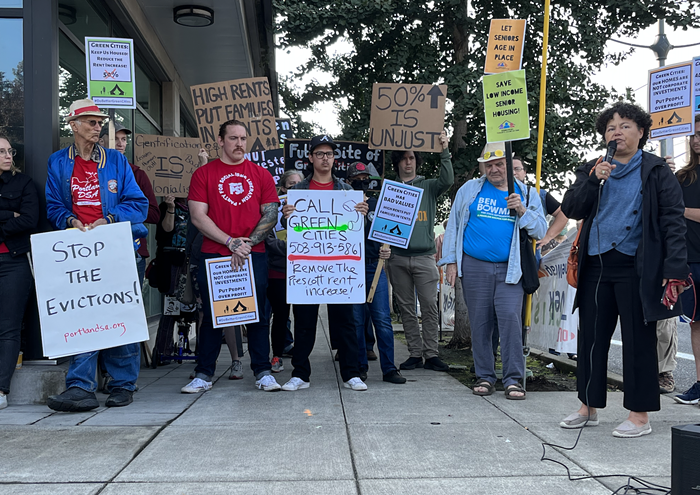I'm a straight guy with some gay friends. I had this debate with them about the rainbow being chosen to represent the LGBT community. I proudly support gay marriage and gay rights I just disagree about your use of the rainbow. With all the brilliant and creative minds in LGBT community you could not come up with better than the rainbow? When I was a child I would chase rainbows without any labels in mind. My dad used to have a "gay" rainbow flag on his front porch before the LGBT community started using the rainbow as its symbol. I am now told that the gay rainbow represents diversity. I beg to differ. I am part of the culture that is so much more diverse than the LGBT community. Heck, the LGBT community is part of my culture! So are racists, extreme (and usually anti-gay) religious groups, Americans, and foreigners alike. It is known as Deaf Culture (with capital D) and it crosses over every culture in the world. Biased people and gay/minorities are brought together by the experience of being Deaf in a larger hearing world. So I cant accept "diversity" as a reason to use the rainbow when it should belong to everyone. I wish I could display rainbows without experiencing two extremities. First, having hateful people make my life difficult. Second, having gay men checking me out and following me into bathrooms. I support the LGBT community but I have my own battles being a Deaf person in this oppressive world.
Deafies And Hearies Love Rainbow
While the LGBT community is wildly, beautifully, and sometimes exhaustingly diverse—we have our religious groups too (some of them oppose gay sex and gay relationships!), we have our Americans and foreigners, we have our racists (sadly), we have our crazy gun nuts (ditto), we are a part of every culture in the world, and many, many Deaf people are a part of the queer community—the rainbow flag does not symbolize diversity.
Not technically.
The rainbow flag represents a diverse community—as does the rainbow windsock and the rainbow dog collar and the rainbow board shorts and the rainbow detachable pony tail butt plug—but the rainbow stands for other stuff:
In 1974, Gilbert Baker’s life changed forever when he met Harvey Milk, who showed him “how action could create change.” Three years after they met, Milk was elected to the San Francisco Board of Supervisors—making him the first openly gay person to hold a high public office in a major American city. Milk, once known fondly as the Mayor of Castro St., had campaigned on a positive message of hope for young gay people, saying, “The only thing they have to look forward to is hope. And you have to give them hope.” After winning the election, Milk challenged Gilbert Baker to come up with a symbol of pride for the gay community—a positive alternative to the pink triangle. The pink triangle, once imposed by Nazis to identify and persecute homosexuals, had been reclaimed in the 70s as a bold symbol of remembrance and action against persecution. It is still widely used, often alongside or superimposed upon the Rainbow Flag.
Inspired, Baker began working on a flag. He dyed the fabrics himself and, with the help of volunteers, stitched together eight strips of brilliant color into a huge banner that spoke volumes: hot pink stood for sexuality, red for life, orange for healing, yellow for the sun, green for nature, turquoise blue for art, indigo for harmony and violet for spirit.
“It all goes back to the first moment of the first flag back in 1978 for me. Raising it up and seeing it there blowing in the wind for everyone to see. It completely astounded me that people just got it, in an instant like a bolt of lightening—that this was their flag. It belonged to all of us. It was the most thrilling moment of my life. Because I knew right then that this was the most important thing I would ever do—that my whole life was going to be about the Rainbow Flag.”
As you now know, DAHLR, the adoption of the rainbow as a symbol of the LGBT community/movement was not a decision made by all queer people everywhere. There was no constitutional convention where the flag was adopted, there were no other candidates, there was no queer nationwide vote. The brilliant and creative Gilbert Baker created the rainbow flag and it was an immediate hit. Perhaps there was someone else out there who could've come up with something better, flag-wise, but he/she/they didn't. Gilbert got there first, no one has come up with anything better since, and we're still waving his rainbow flag four decades later. Other communities within the wider LGBT community—BDSMers, bears, trans people, asexuals, etc.—have created pride flags of their own that riff on Gilbert's original creation—another measure of its genius.
And seeing as this went down in Seattle yesterday...
A project that will cover six intersections of Pike/Pine between 11th Ave and Broadway with rainbow crosswalks as a symbol of Gay Pride was unveiled early Tuesday morning. Mayor Ed Murray, Seattle’s first openly gay mayor and a Capitol Hill resident, said the new rainbow crosswalks represent the neighborhood as “a place where we are tolerant and accepting.”
...I don't think there's any chance of yanking the rainbow flags/windsocks/dog collars/board shorts/butt plugs back from the queers. That cruise ship has sailed. I'm very sorry, of course, that you are unable to display the rainbow without attracting the unwanted attentions of bigots and/or Larry Craigs, DAHLR, and it may come some comfort to know that you're not the only person who is annoyed by the queer community sneaking off with the rainbow. But the rainbow is queer now. You'll just have to get used to it.
UPDATE: Of course this iconic performance by this iconic icon had a lot to do with the queer community's thing for rainbows:
Somewhere out there, someplace that it may be impossible to actually get to, there's gotta be a better place—a happier place, a safer place, a place where I can create my own family and wear fabulous red shoes. That image resonated with millions of gay people when the Wizard of Oz first came out in 1939 and it continued to resonated with gay people down through the 50s and 60s and 70s. With so many LGBT people still having to flee from homophobic and transphobic churches and families and communities to be free, the a metaphor continues to resonate with LGBT people today.
And this next song has nothing to do with the queers—proving that you can sing about rainbows without everyone's minds going here—but I like the song...
















